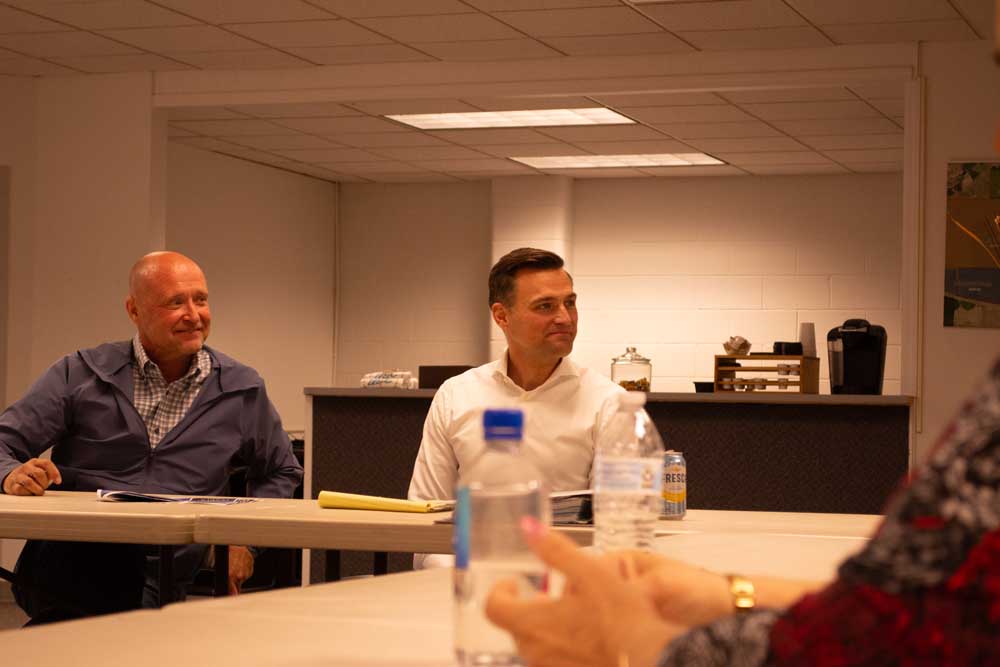LMIC: Cattle prices will continue to increase
Published 5:00 pm Thursday, August 17, 2023

- Katelyn McCullock
SALEM — With tight cattle supplies and a low number of beef replacement heifers, the Livestock Marketing Information Center projects that annual average cattle prices next year will be even higher than in 2014 and 2015.
Trending
“It’s going to be interesting to watch,” said Katelyn McCullock, LMIC director.
LMIC is forecasting 2024 prices nearing $300 a hundredweight for steer calves, $275 for feeder steers and $200 for fed cattle.
Many people want to know when the peak will be and how long it will last. LMIC economists don’t know, but they have some forecasts.
Trending
“I’m not expecting herd expansion until 2025, which means prices very likely will not come down before that,” McCullock said during an AgWest webinar.
The question is whether those prices will push higher and higher, how fast and what will be the peak, she said.
Last run-up
“In 2014, we had about a 17 quarter run-up, so about four years where we saw prices, generally speaking, increase. And then about three quarters, a little less than a year, where they were at absolute peak. And then they declined steadily for about two years,” she said.
But it’s probably not going to be exactly the same this time around. Right now, cattle prices have probably increased for about 10 quarters, she said.
“I think we’re probably going to see prices continue to increase for at least another two years, possibly three. But that very, very high value probably doesn’t last all that long,” she said.
With so many heifers exiting the replacement system, it’s going to take two years from when a heifer is born to get her bred, have a calf and see any sort of expansion in the calf crop, she said.
So there could be a longer price plateau than last time, she said.
“We had a very fast reaction the last time around where people were able to expand in pretty rapid succession,” she said.
“Even if we want to expand the cow herd, can we see things turn around that quickly — especially when interest rates are probably more than double what they were back then,” she said.
Other factors
The other big question is weather. The forecast El Nino would help considerably, she said.
“But access to capital is quite different than it was maybe in 2014, and I think that will have a pretty big impact,” she said.
If a strong El Nino doesn’t develop, it could cause more variable weather, she said.
“So there’s probably in the shorter term quite a bit of unknowns. But, generally speaking, we are expecting cattle prices to continue to increase, and a lot of it is just based on that … fundamentally underlying factor that biologically you cannot grow the cow herd probably ahead of 2025, if not later,” she said.
The other thing is margins. Last time around margins were very good. She would argue they aren’t as good this time around.
“So that too … is going to mean maybe we can’t expand as fast,” she said.









